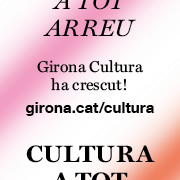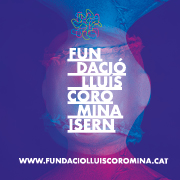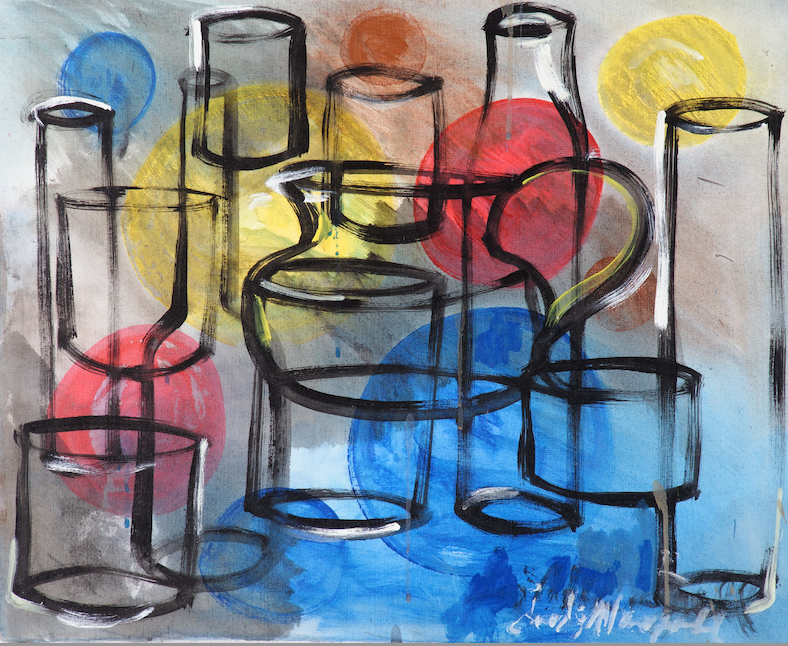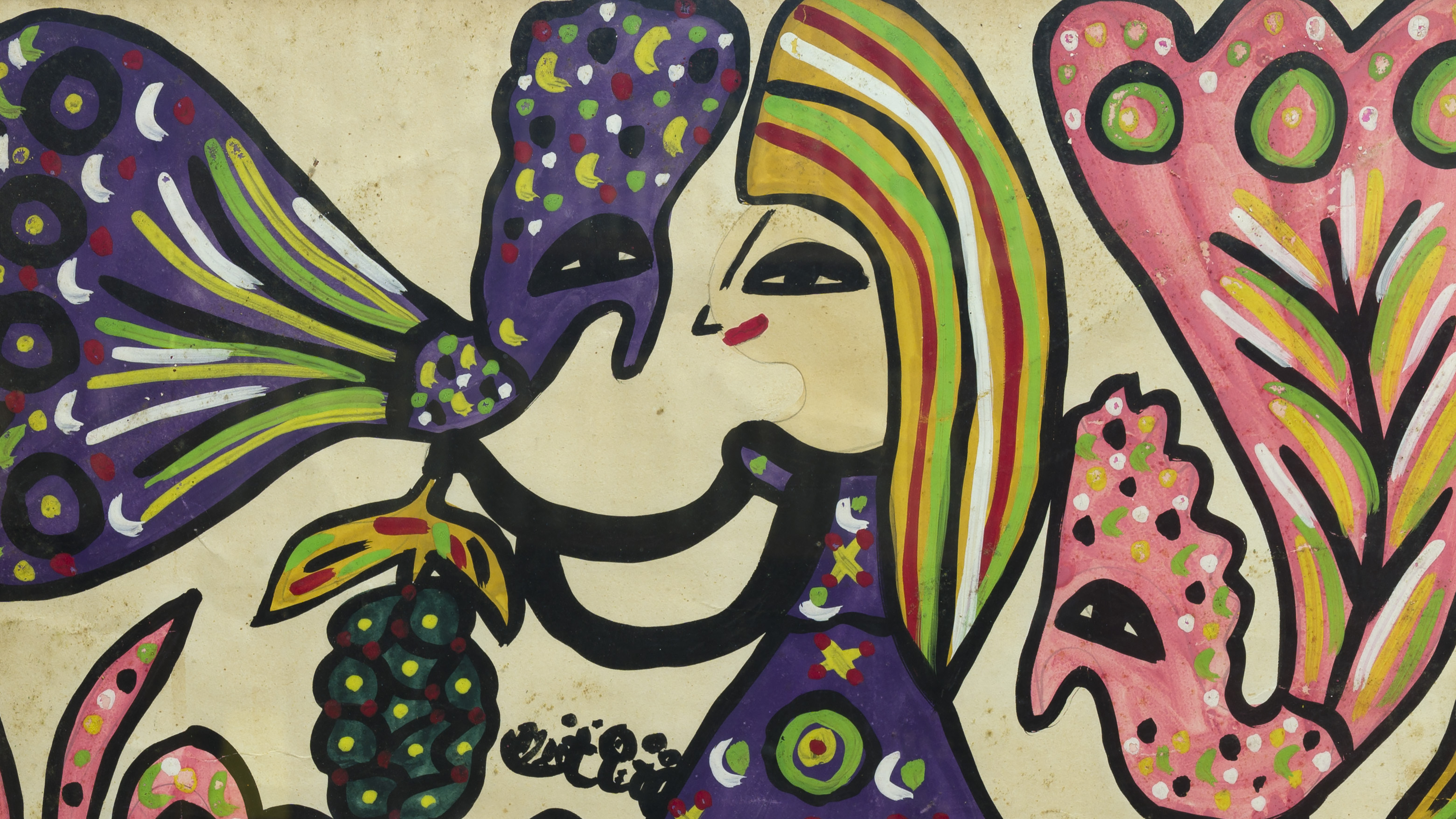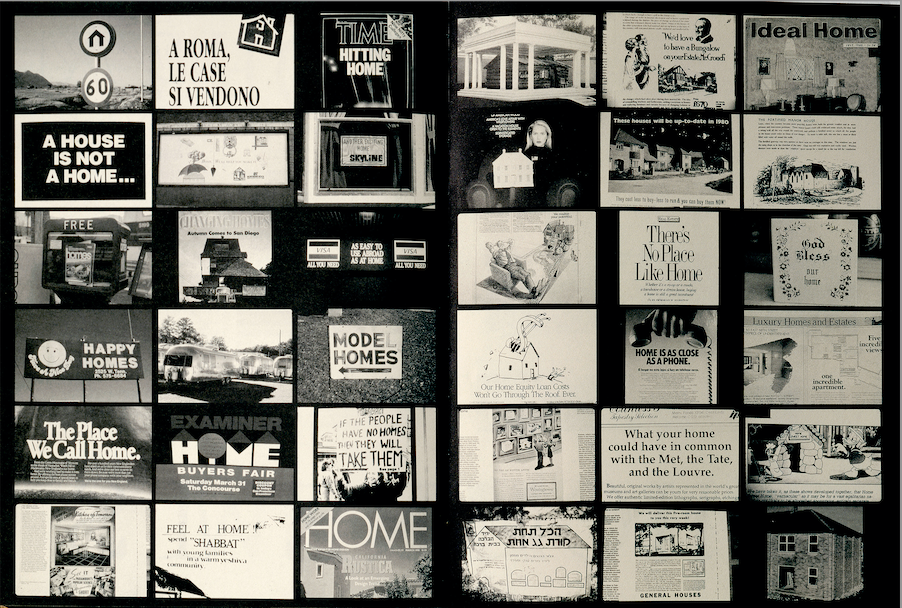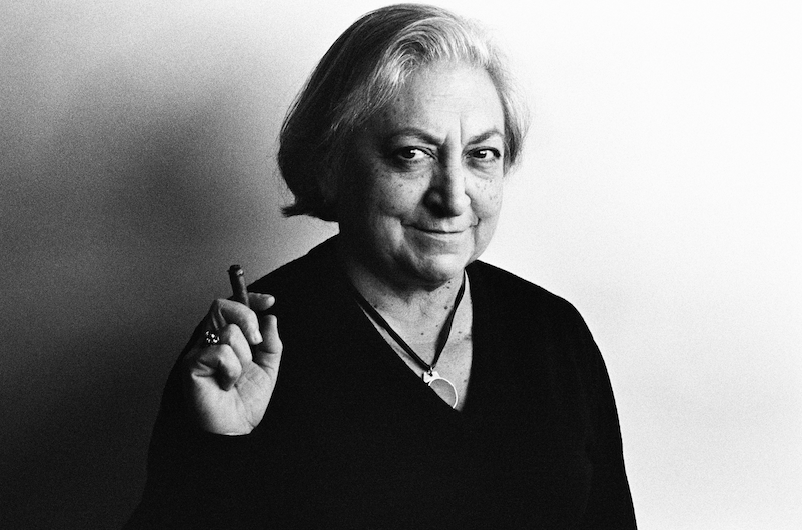Exhibitions
'Imágenes en papel' at the Miguel Marcos Gallery
The exhibition proposes a journey through the world of art on paper, where shapes, colors and emotions intertwine in a captivating way.
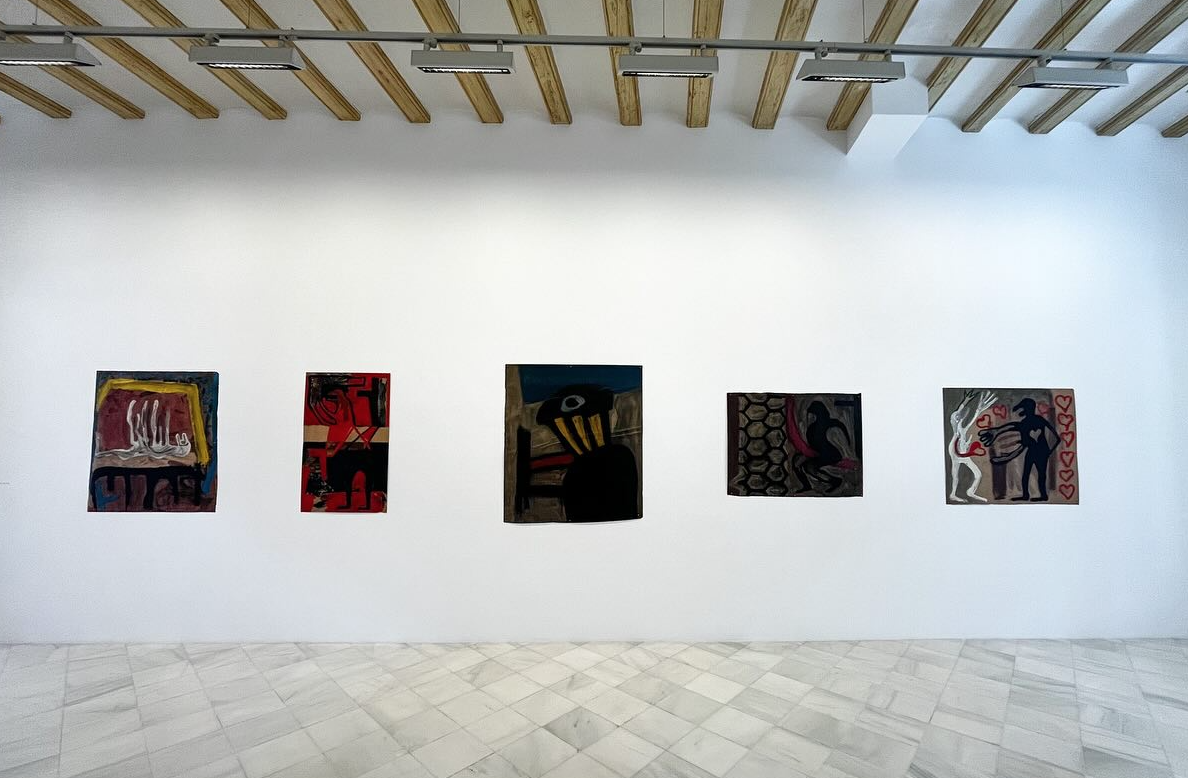
The Miguel Marcos Gallery presents the collective Imágenes en Papel until April 5. This exhibition is a tribute to this medium of creativity, with the exhibition of the works of five contemporary artists: Alberto Barcia, Antón Lamazares, Víctor Mira, José Morea and Kristinn Nicolai.
Paper, which is often underestimated, is here elevated to an exceptional platform of expression, offering a diversity of approaches and styles within the contemporary art landscape. From the exciting colors of Lamazares to the abstract compositions of Morea, through the provocative painting of Nicolai, to the intrinsic work of Mira and the precision of Barcia, each work reflects the technical skill and unique creative vision of its author.
This exhibition invites us to explore the infinite possibilities of this apparently simple medium, where texture, color and form constitute a gear that allows the creation of captivating visual narratives. At the same time, it is also a testament to his versatility and his ability to convey deep and complex emotions.
Five contemporary artists
The first artist we can appreciate is Alberto Barcia (Tossa de Mar, Girona, 1982), who is an artist trained in the field of illustration by the Llotja, where he had the privilege of being guided by Luis Casado Cadarso, one of the creators of the interdisciplinary project La Xina Art (Barcelona), and Xavier Canals, renowned visual poet and historian in his specialty, author of the volume Poesia visual catalana (1999).
The work presented by Barcia stands as an open door to imaginative enjoyment. Its primary intention is to provoke the viewer's imagination. In this sense, his works do not seek to fixate on specific or limited meanings, but aim to stimulate the observation capacity of the viewer who contemplates them, in this way provoking a space of interaction where the true richness is manifested of his art.
The second artist in the exhibition is Antón Lamazares (Maceira, Lalin, Pontevedra, 1954), a member of the Atlántica group, a movement that sought to project Galician art internationally, he emerged as a prominent figure during the eighties . In the piece by Antón Lamazares, a suggestive scene is presented that invites contemplation, through the use of symbolic language: A yellow spot in the background, with green, black and red tones, evokes the presence of a being alive, while a brown circle represents an ant-shaped creature. At the bottom, a red figure with black eyes adds another enigmatic element. A whole context that leads us to reflect on the relationship between nature and fantasy, challenging our perception of reality.
For his part, the work of Víctor Mira (Larache, Morocco, former Spanish colony, 1949 - Breitburnn am Amersee, Munich, 2003) has been praised by international critics for his ability to fuse informalism with figurative elements, and for his reinterpretation of traditional genres such as still life. De Mira is exhibited in this exhibition The Collector, which represents a deep exploration of human duality and the complexities of interpersonal relationships; Through the figure of two beings. The work suggests the existence of opposing forces in the human being: goodness and evil, love and the absence of it. The white character's outstretched hand symbolizes the search for connection and the desire to give love, while the heart-shaped hole in the black character's chest represents a lack of empathy or an inability to love. Taken as a whole, the play invites reflection on the complexity of the human condition and the internal struggles we face in our relationships and in the search for love and genuine connection.
The fourth artist is José Morea (Chiva, Valencia, 1951 - 2020), who was a prominent figure in the Valencian artistic scene and a pioneer in the renewal of pictorial language during the last third of the last century. Known for his nomadic style and innovative approach, Morea challenged convention and sought freedom in both his life and his art. Influenced by the Valencian tradition of clear line comics and illustration, her painting is distinguished by its energy and vitality, reflecting her passion for painting. The work we present presents an intriguing scene that invites reflection on life and the nature of the human being. The background in shades of light brown and turquoise blue evokes a sense of calm and serenity, while in the center of the composition emerges a raised hand suggesting an expression of vitality and energy. Just below this being, a layer of blue hues symbolizes the sea, evoking the connection between the human being and the vast and unfathomable ocean of existence. A reflection on the duality between earthly fact and mystery.
Finally, we can also appreciate the work of Kristinn Nicolai (Reykjavik, Iceland, 1964), who is an artist who became known with his first exhibition in Paris in the early 80s, entitled Hommage à Mishima. His production is characterized by a deeply erotic approach, as a challenge to social norms and taboos related to sexuality.
The work exhibited by Kristinn Nicolai proposes an exploration of intimacy. Through this explicit representation, he invites the viewer to reflect on the nature of human desire and the complexities of physical intimacy. Although it may seem like a work with a grotesque theme, Nicolai refers it to a sense of sensuality, desire and freedom.
The exhibition will be open to the public until April 5, 2024, from Monday to Friday from 11:00 a.m. to 7:30 p.m. The gallery is closed on weekends.


